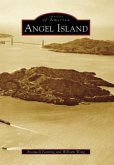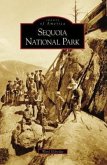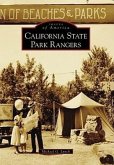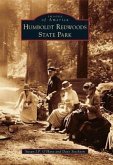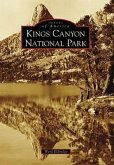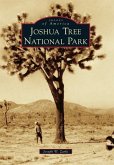Pres. Franklin D. Roosevelt recognized the beauty of this desert region of Southern California in 1936 when he created Joshua Tree National Monument, now a national park. But for 9,000 years, Native Americans had lived amid its monolithic rocks and strangely grotesque Joshua trees. Serrano and Chemehuevi Indians found a home at its Oasis of Mara, whose fan palms eventually gave Twentynine Palms its name. Cattleman Bill McHaney arrived in 1879, learned of gold ore deposits from the native people, and inaugurated an influx of prospectors seeking fortunes. In the 1920s, Dr. James B. Luckie of Pasadena discovered that the clean air and dry climate helped veterans with respiratory illnesses, and they homesteaded parcels of 160 acres. Artists, writers, actors, and composers later discovered Twentynine Palms, and a renaissance in the arts now includes studios, galleries, and world-class murals that adorn this gateway to Joshua Tree National Park.


